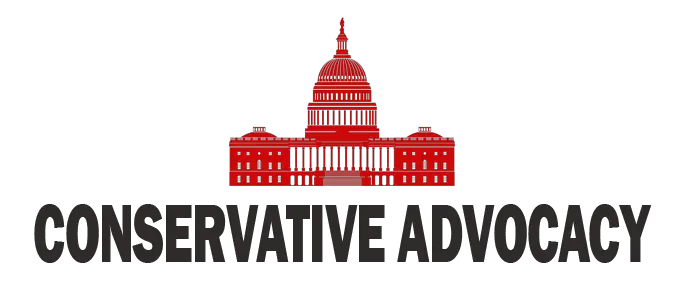Russia’s escalations around NATO’s borders have thrust the Ukraine conflict into a dangerous new phase, giving Americans and Europeans a close look at Putin’s real intentions. Instead of retreating in the face of mounting setbacks in Ukraine, Moscow has doubled down—sending fighter jets to probe the airspace over Poland and Estonia. These incidents are far from accidental; as Andrew Borine of the National Security Institute recently explained, they’re designed to test NATO’s resolve and exploit any hint of weakness among Western allies. This show of force isn’t just saber-rattling—it’s meant to destabilize the Atlantic Alliance and remind the world that Russia still intends to bully its way into global headlines.
The strategy behind these provocations goes well beyond mere physical incursions. Russia is mastering the art of hybrid warfare—using a blend of military pressure, psychological manipulation, and cyber operations to sow discord and confusion throughout NATO. This multi-front approach is like a Swiss Army knife for authoritarian expansion, intended to paralyze and divide Western societies before any battle begins. Americans have seen firsthand how cyberattacks and propaganda can disrupt elections and undermine confidence in democratic institutions, making vigilance and unity all the more critical in countering Putin’s plans.
For NATO, the stakes could not be higher. Article 5 of the treaty is a commitment to collective defense, one that was last invoked after the September 11 attacks. Russia’s maneuvers are calculated to skirt this line, hoping to frighten member states without triggering a direct military response. The Kremlin clearly prefers operating in the shadow of Article 4 consultations—where threats are debated, but rarely punished with meaningful force. Yet, if the West allows this gray area to persist, it risks eroding the very credibility that has kept peace in Europe for decades.
Recent European Union sanctions on Russia are a positive signal—proof that Western unity still exists, despite years of progressive handwringing and hesitation. But as Borine rightly notes, sanctions alone won’t deter a regime as aggressive as Putin’s. Real deterrence demands investment: conservative voices have long called for Europe to finally meet its defense pledges, awaken from complacency, and wield the economic power required to secure liberty. With €800 billion in resources pledged, now is the time for continental leaders to act decisively, ensuring those “precious inches” of NATO territory are fiercely protected.
The lesson for American conservatives is clear. Putin’s regime is not a mere nuisance—it’s a gathering threat to everything the West holds dear. In moments like these, the choice is between appeasement and strength, between dithering in committee rooms and standing firm in defense of peace. If Europe and America truly want to defend innocent lives and guarantee lasting security, they must match words with action, refusing to let tyrants dictate the rules on their own borders.




